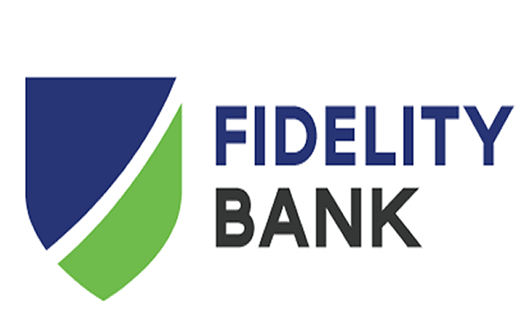Gain In Interest Spread Triggers Top-Speed Growth For Fidelity Bank in Q1
Fidelity Bank Plc has reported a strong first quarter, driven by a gain in interest spread that is good enough to keep earnings elevated for the second year.
The bank closed the quarter with after-tax profit growth of 64 percent to N15.6 billion after doubling its restated 2021 profit to N46.6 billion in 2022.
The bank’s interim financial report for the first quarter ended March 2023 shows a big operating advantage in combining strong growth in interest earnings with a slowdown in interest expenses.
Interest income grew by 43.8 percent quarter-on-quarter to over N89 billion at the end of the first quarter while interest expenses moderated at an increase of 14.5 percent to N36.6 billion over the same period.
This is a major slowdown in the cost of funds for the bank from an increase of 31.5 percent at the end of 2022, representing the slowest growth in interest expenses in many years.
The resulting gain in interest spread kept the bank’s earnings numbers elevated from the top to the bottom lines.
Non-interest income reinforced the strong growth in interest earnings at an increase of 50 percent quarter-on-quarter to almost N12 billion.
Gross income rose by 41.8 percent over the period to close at over N101 billion at the end of March 2023. This is accelerating growth for the bank whose gross earnings rose to N337 billion at the end of 2022, representing a 34.4 percent increase.
The favourable mix of interest cost and income lifted net interest earnings by a clear 75 percent quarter-on-quarter to N52.6 billion at the end of the first quarter. This is the central plank on which the bank’s impressive profit performance in the first quarter is built.
The bank faced a surmountable challenge from rising credit loss expenses – from only N205 million in the same quarter last year to N3.5 billion at the end of the first quarter. The figure compares to a loan loss expense of N5.4 billion for the entire 2022 financial year.
The outstanding growth in net interest income easily provided the strength to absorb the high growth in credit loss expenses and still enabled a top record growth of 64.4 per cent in net interest income after credit loss expenses to N49 billion.
Some incursion in earnings also came from total operating cost, which led to other operating expenses that are inflation-driven to grow by 50.8 per cent to N38.9 billion. Operating cost margin increased from 36.2 per cent to 38.5 per cent over the review period.
However, the cost saving from the slowdown in interest expenses compensated for the increase in operating cost margin and provided room for improvement in profit margin and strong growth in profit.
Net profit margin improved from 13.3 percent in the first quarter of last year and from 13.9 percent at the end of 2022 to 15.4 percent at the end of the first quarter of the current financial year. Fidelity Bank has not seen a net profit margin this high since 2012.
Strongly growing revenue and a gain in profit margin constitute the engine of Fidelity Bank’s elevated profit growth so far in 2023.
The bank closed the first quarter with earnings per share of 54 kobo, rising from 33 kobo per share in the same period in 2022. It closed 2022 operations with earnings per share of N1.61 and gave out 40 kobo per share to shareholders in cash dividends.



Comments are closed.